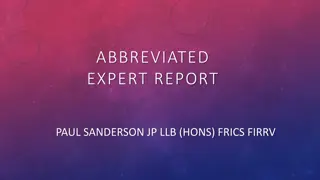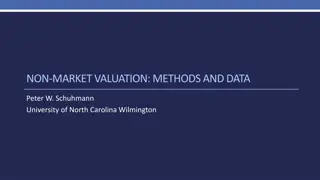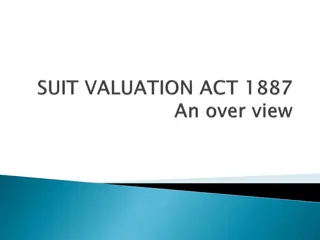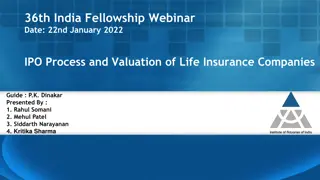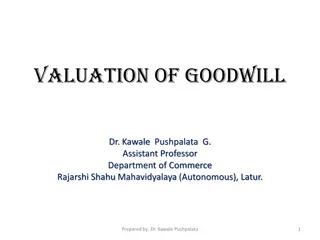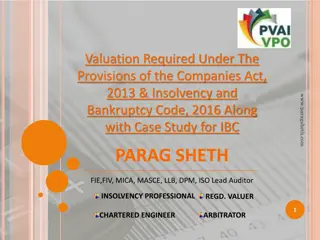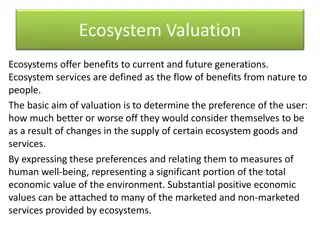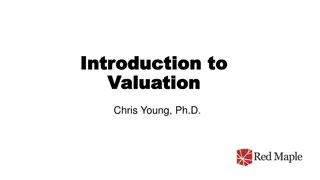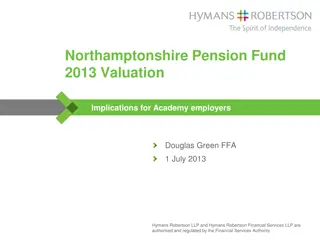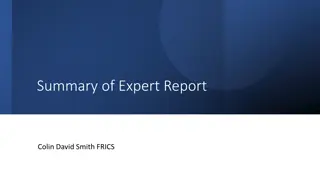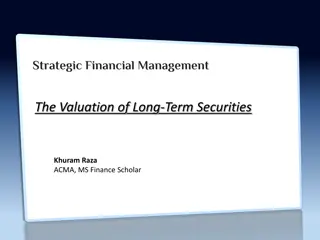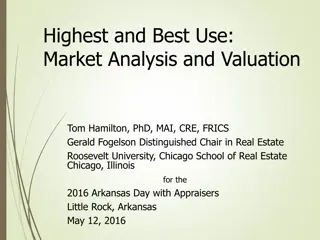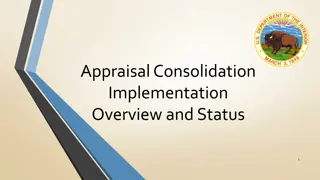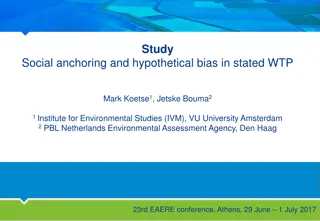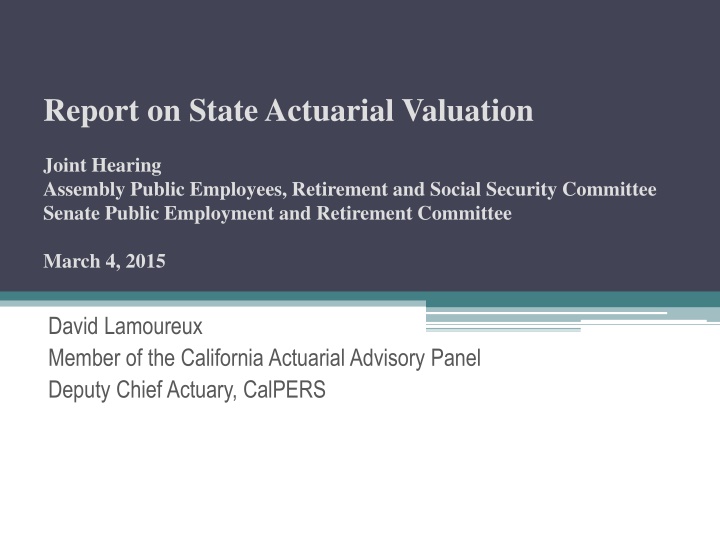
Actuarial Valuation Joint Hearing Report on State Pension Plans
Explore the 2013 Actuarial Valuation Report on California's state pension plans, covering various aspects such as investment return, amortization period, and contribution rates. Learn about the role of the California Actuarial Advisory Panel (CAAP) in ensuring transparency and providing essential information to public agencies regarding pensions and post-employment benefits.
Download Presentation

Please find below an Image/Link to download the presentation.
The content on the website is provided AS IS for your information and personal use only. It may not be sold, licensed, or shared on other websites without obtaining consent from the author. If you encounter any issues during the download, it is possible that the publisher has removed the file from their server.
You are allowed to download the files provided on this website for personal or commercial use, subject to the condition that they are used lawfully. All files are the property of their respective owners.
The content on the website is provided AS IS for your information and personal use only. It may not be sold, licensed, or shared on other websites without obtaining consent from the author.
E N D
Presentation Transcript
Report on State Actuarial Valuation Joint Hearing Assembly Public Employees, Retirement and Social Security Committee Senate Public Employment and Retirement Committee March 4, 2015 David Lamoureux Member of the California Actuarial Advisory Panel Deputy Chief Actuary, CalPERS
Agenda Brief History of CAAP Government Code 20229 Main Results Role of Investment Return Role of Amortization Period
CAAP California Actuarial Advisory Panel (CAAP) Legislation to create Panel was recommended by Public Employee Post-Employment Benefits Commission in January 2008 Panel was established with enactment of SB 1123. Pursuant to Government Code section 7507.2(a): the panel shall provide impartial and independent information on pensions, other postemployment benefits, and best practices to public agencies Housed in the State Controller s Office.
Government Code 20229 Requires CalPERS Board provide annual report which includes certain information for State employees Liabilities and contribution rates using an investment return assumption that is 2% higher and 2% lower than assumed Contribution rates calculated by paying down unfunded liability over the average remaining service period of State employees Requirement met with publication of the State June 30, 2013 Actuarial Valuation Report http://www.calpers.ca.gov/eip-docs/about/pubs/employer/2013-state-valuation.pdf
Government Code 20229 Requires CAAP Chair (or designee) present information to this joint legislative hearing: Explain the role played by the investment return assumption and amortization period in the calculation of contribution rates. Describe the consequences to future State budgets if the investment return assumptions are not realized. Report whether the Board s amortization period exceeds the estimated average remaining service periods of employees covered by the contributions.
Main Results from State Valuation Report Most recent valuation report is June 30, 2013 Report covers five different retirement plans: State Miscellaneous (Tier 1 and Tier 2) State Industrial State Safety State Peace Officers and Firefighters California Highway patrol
Main Results from State Valuation Report As of June 30, 2013 All State plans combined: Actuarial Accrued Liability Market Value of Assets $97.5 billions Unfunded Liability $147.4 billions $49.9 billions Funded Ratio 66.1% Funded status is estimated to be 72% on June 30, 2014 Avg employer contribution rate for 14-15 26.190%
Role Played By Investment Return Investment Returns Benefits Contributions 8
Role Played By Investment Return Actual investment returns are unknown so must use an assumption Investment return assumptions used by CalPERS is 7.5% Called the discount rate assumption If actual returns are lower than assumed future contributions must be higher If actual returns are higher than assumed future contributions must be lower See Risk Analysis Section of Valuation Report Pages 57 through 71
Role Played By Investment Return Liability reflects only portion of benefits paid by contributions (cash) Does not reflect benefits paid by investment return The higher investment return the less cash is needed The lower investment return the more cash is needed Actual returns are unknown so must use an assumption If actual returns are lower than assumed future contributions must be higher If actual returns are higher than assumed future contributions must be lower See Risk Analysis Section of Valuation Report Pages 57 through 71
Role Played By Amortization Periods Goal is to be 100 % funded i.e. no unfunded liability Target not a certainty Time to get to 100% funded is amortization period Shorter period Higher contribution rates Current tax payers pay more toward current unfunded liability Longer period Lower contribution rates Future tax payers pay more toward current unfunded liability
Role Played By Amortization Periods Estimated Average Remaining Service Period 10 11 10 11 Average Amortization Period State Miscellaneous State Industrial State Safety State Peace Officers & Firefighters CHP 24 24 29 30 30 13

